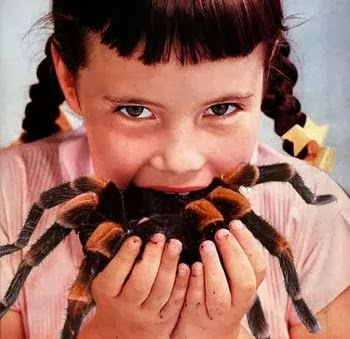Before beginning anything, you want to make sure that you have identified and tagged the specimen. If doing multiple moths at a time, you want to make sure you know which moth is which.
You will begin with a board like this:
- You will need to put a pin straight thru the thorax of your specimen.
2. You will need to pin the specimen to the board and then pin the wings so they look like so:
3. As you can see in the image above, you will need to cover the wings with wax paper and pin it down.
4. Make sure to take the pin out of the thorax, so it will not leave the hole when it dries.
5. Leave the specimen to dry. When the specimen is dry, you can remove all the pins and paper. You may then pick the specimen up from underneath and place in display mount.
It will take a few times to get it right, but once you do you may end up with great looking mounts!!
 |
| http://www.butterflyutopia.com/BIG/462_silkmoths.jpg |


























